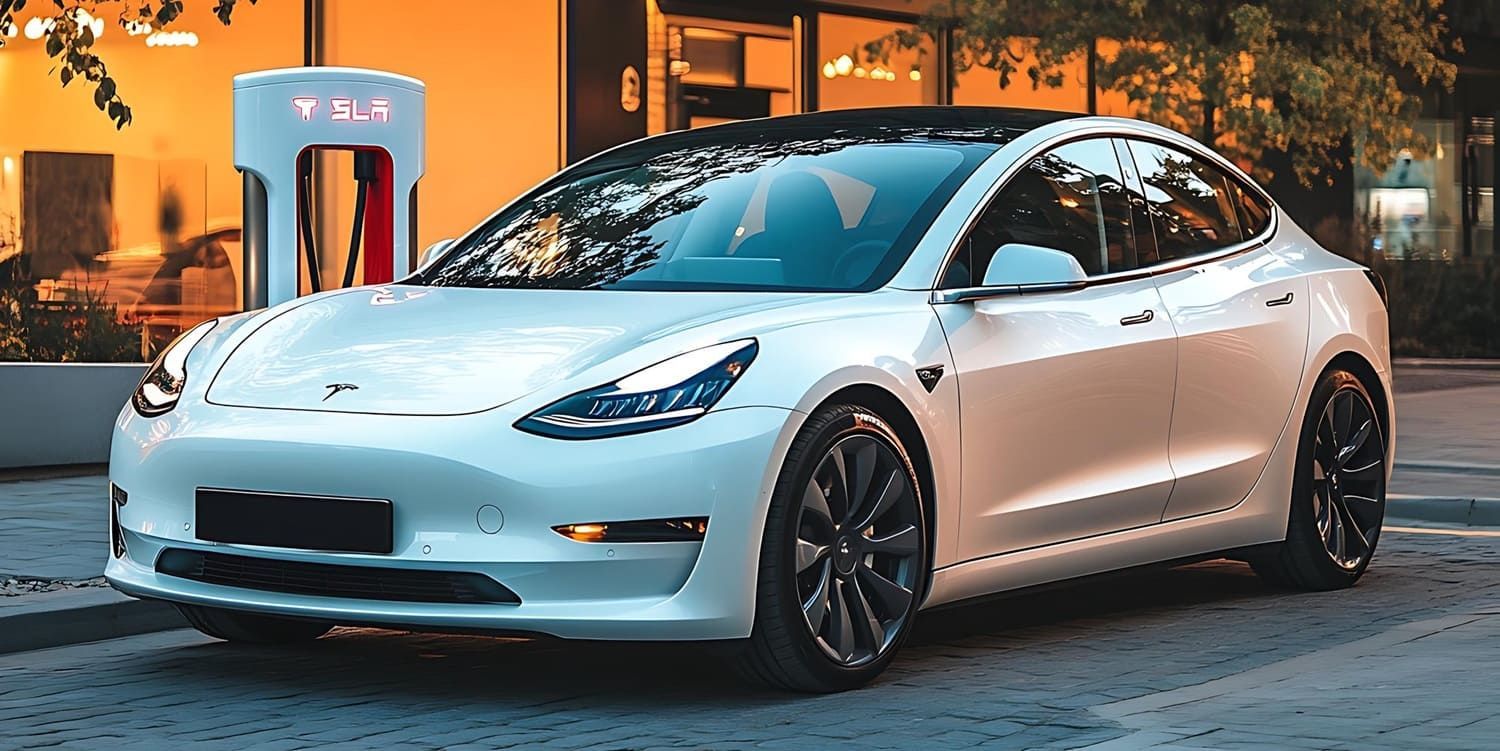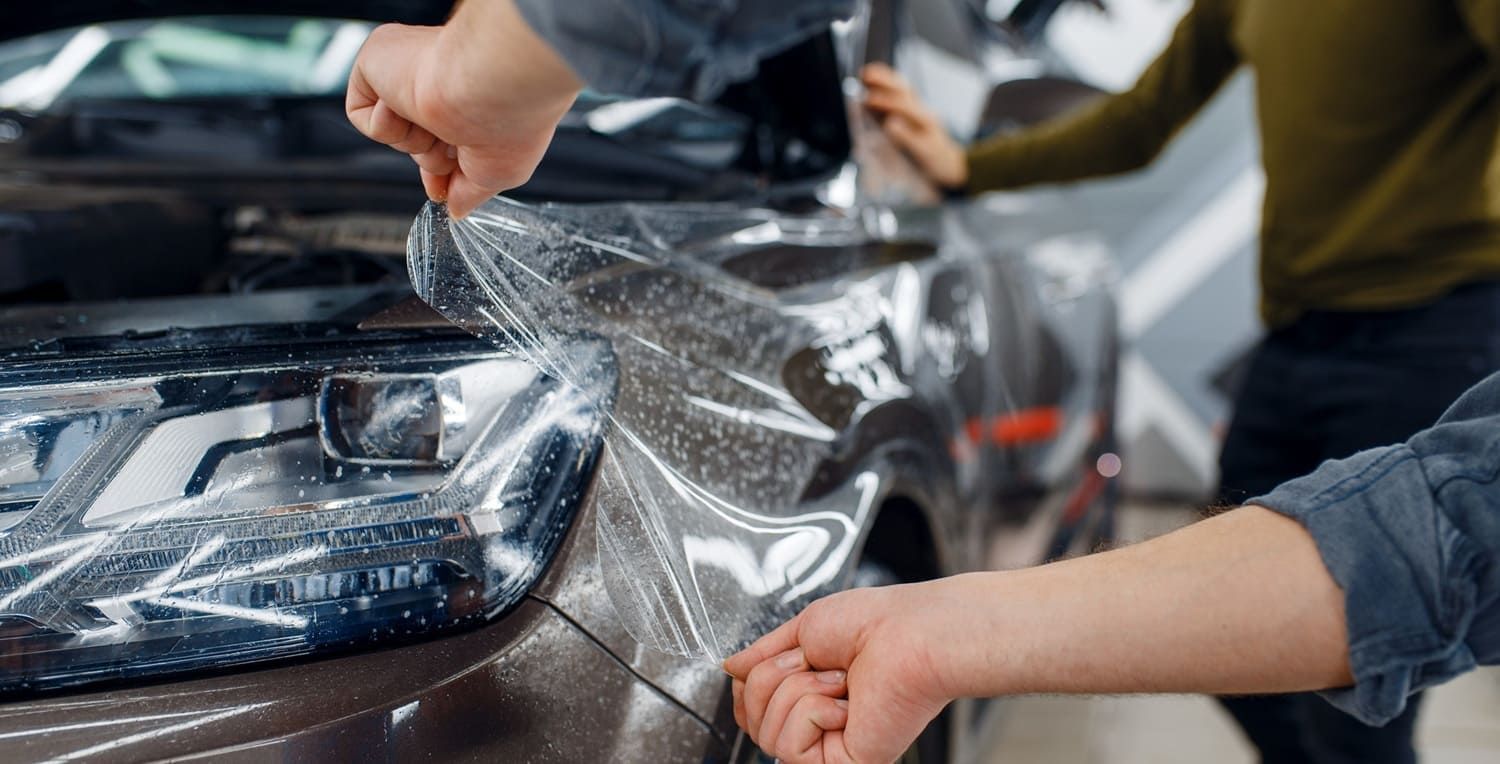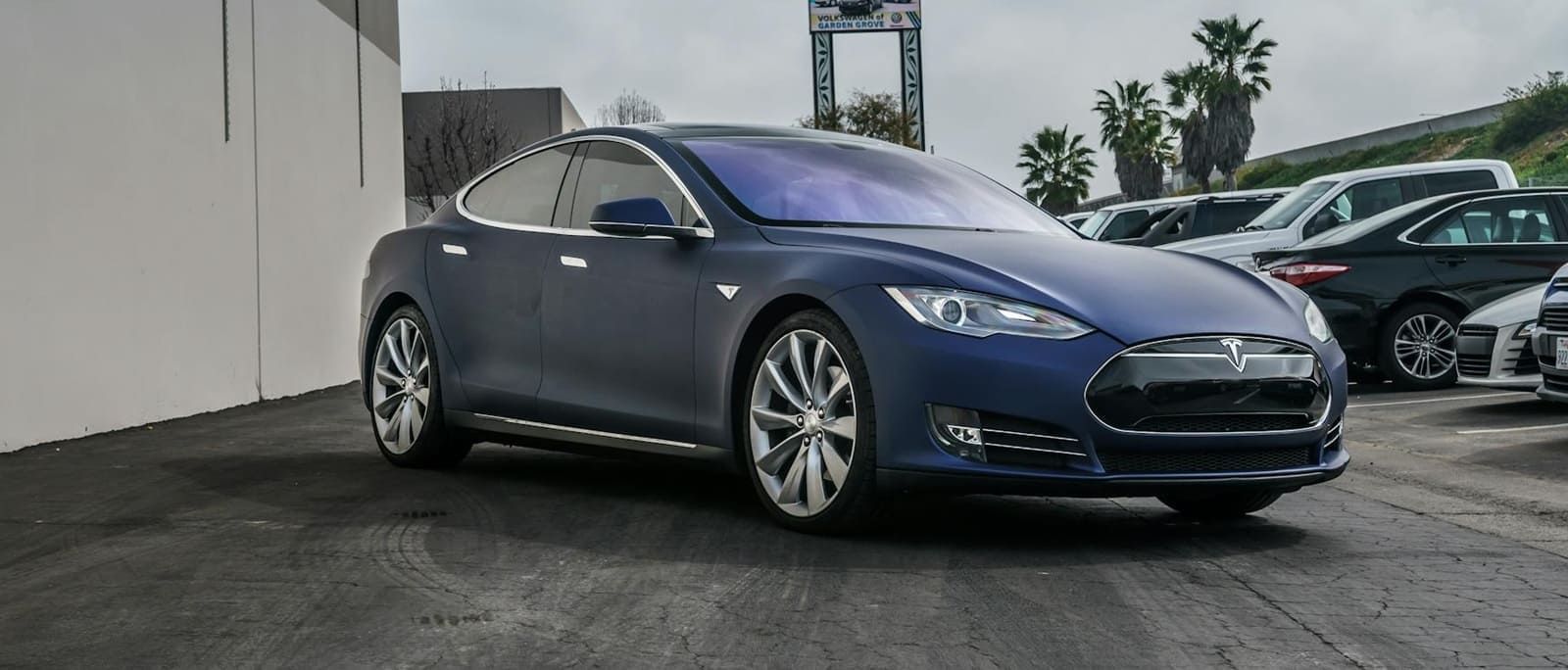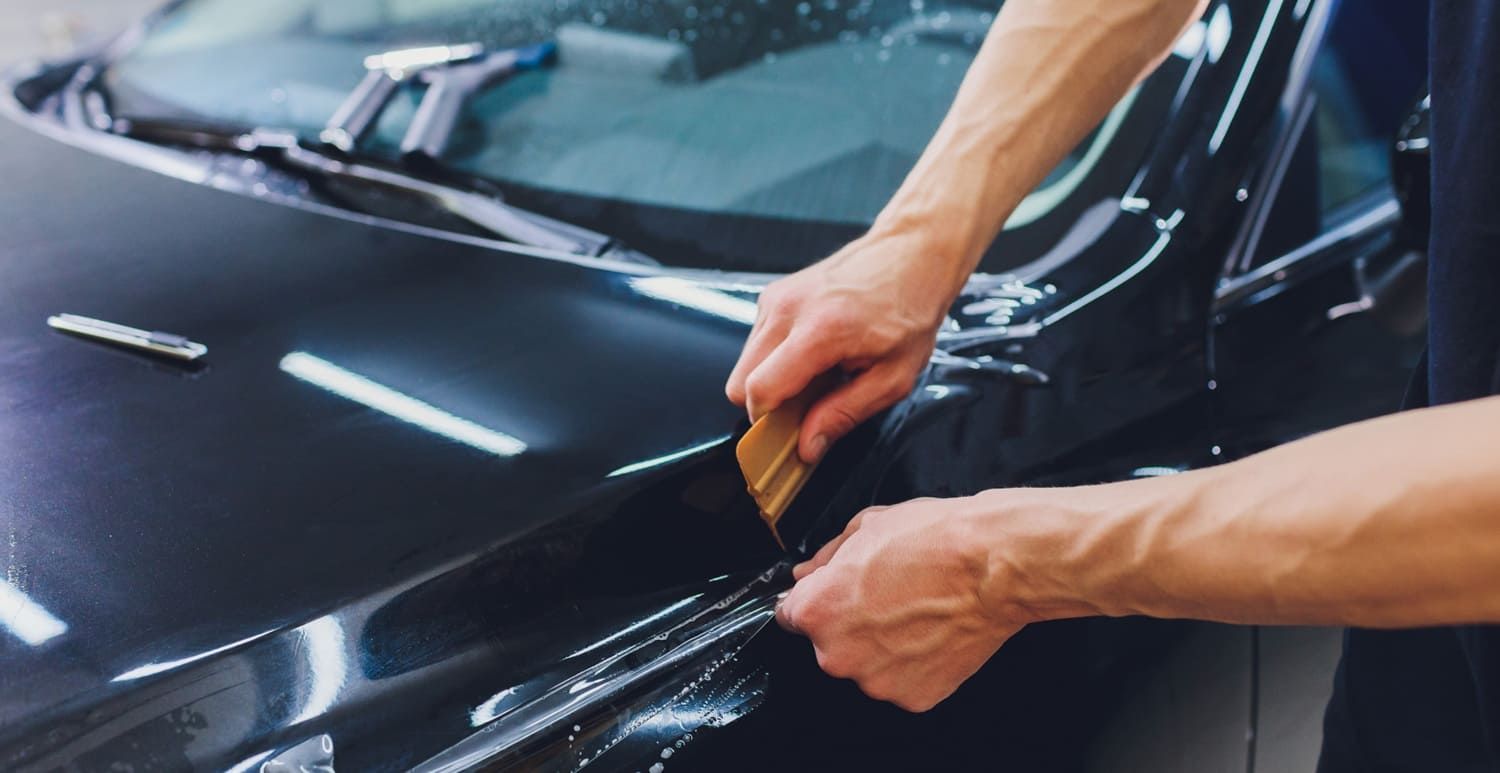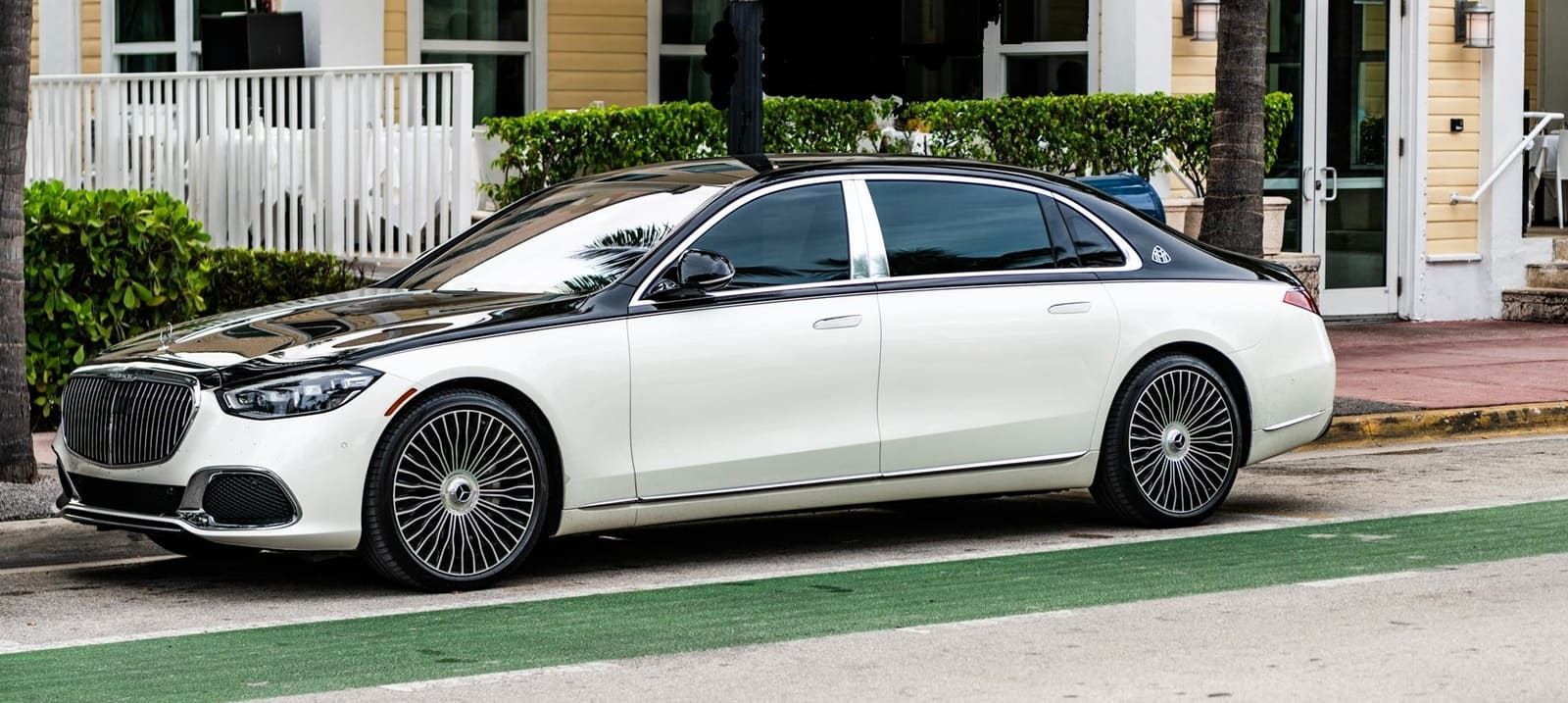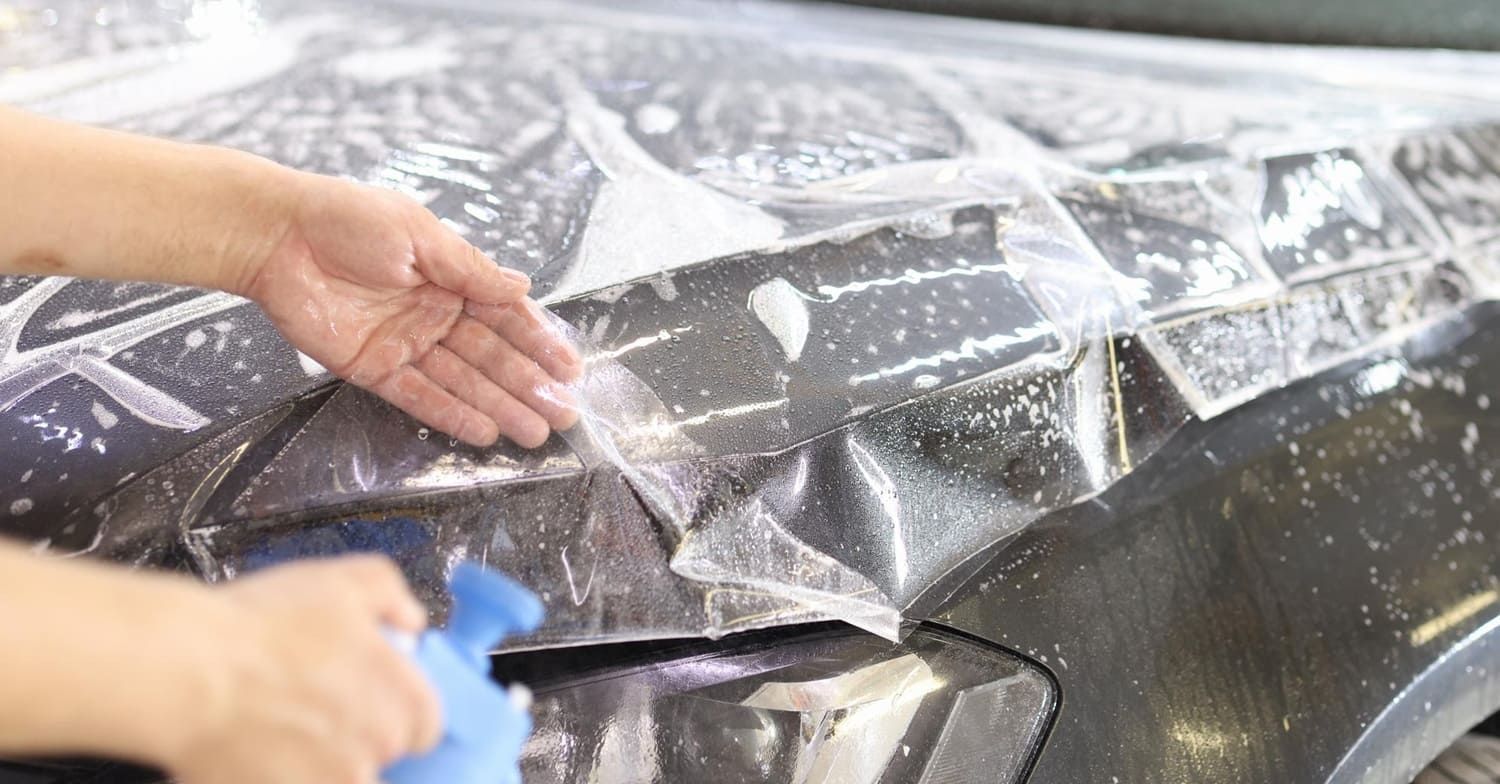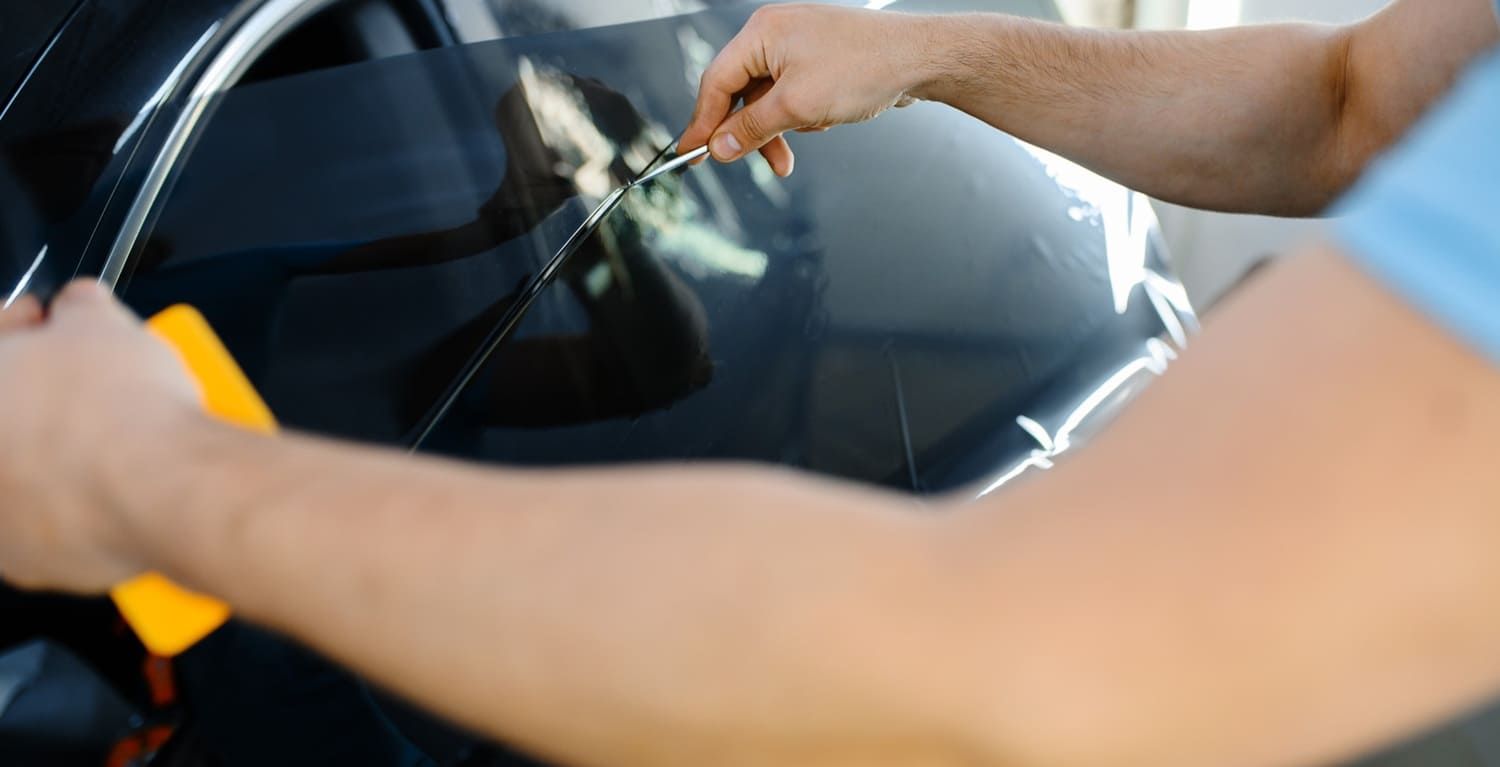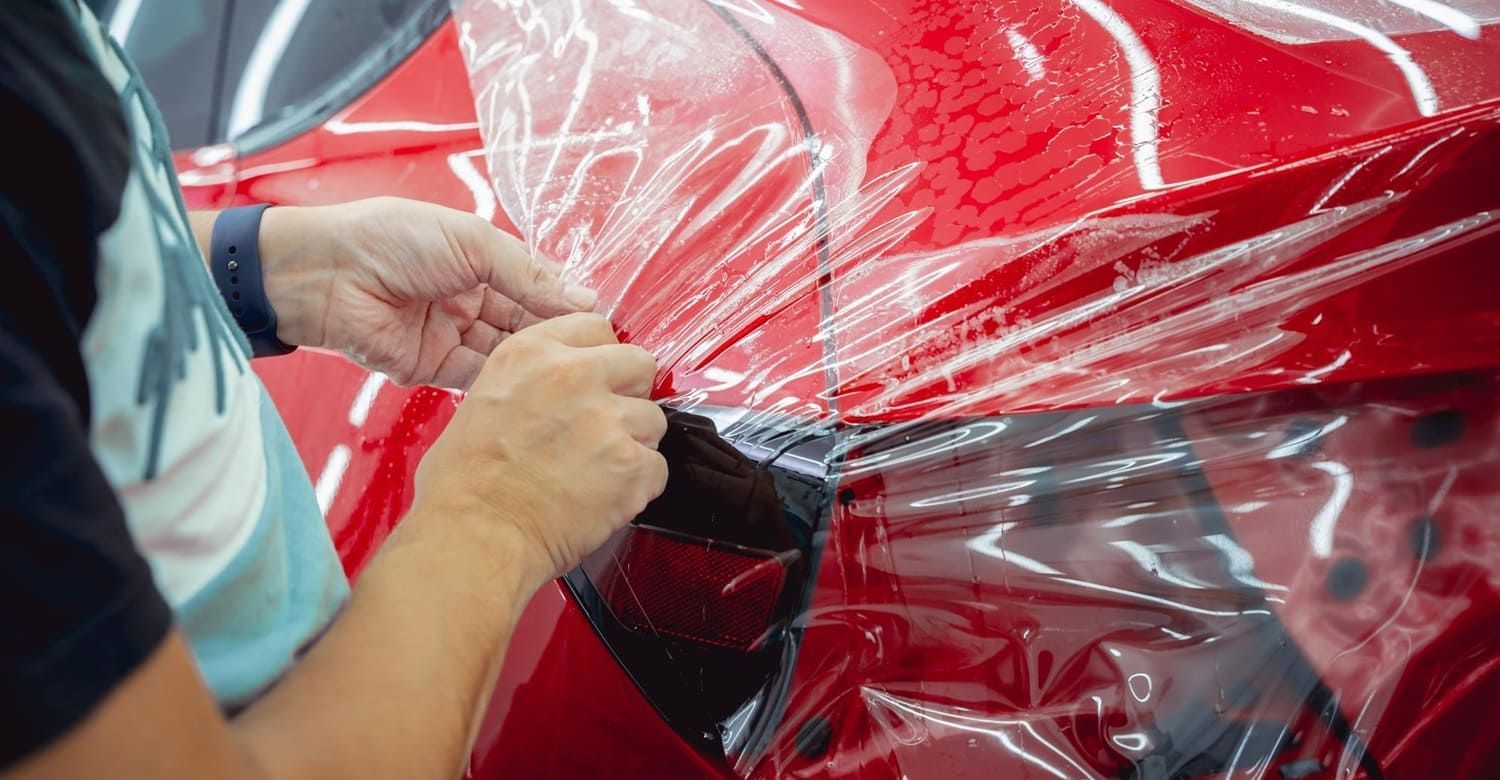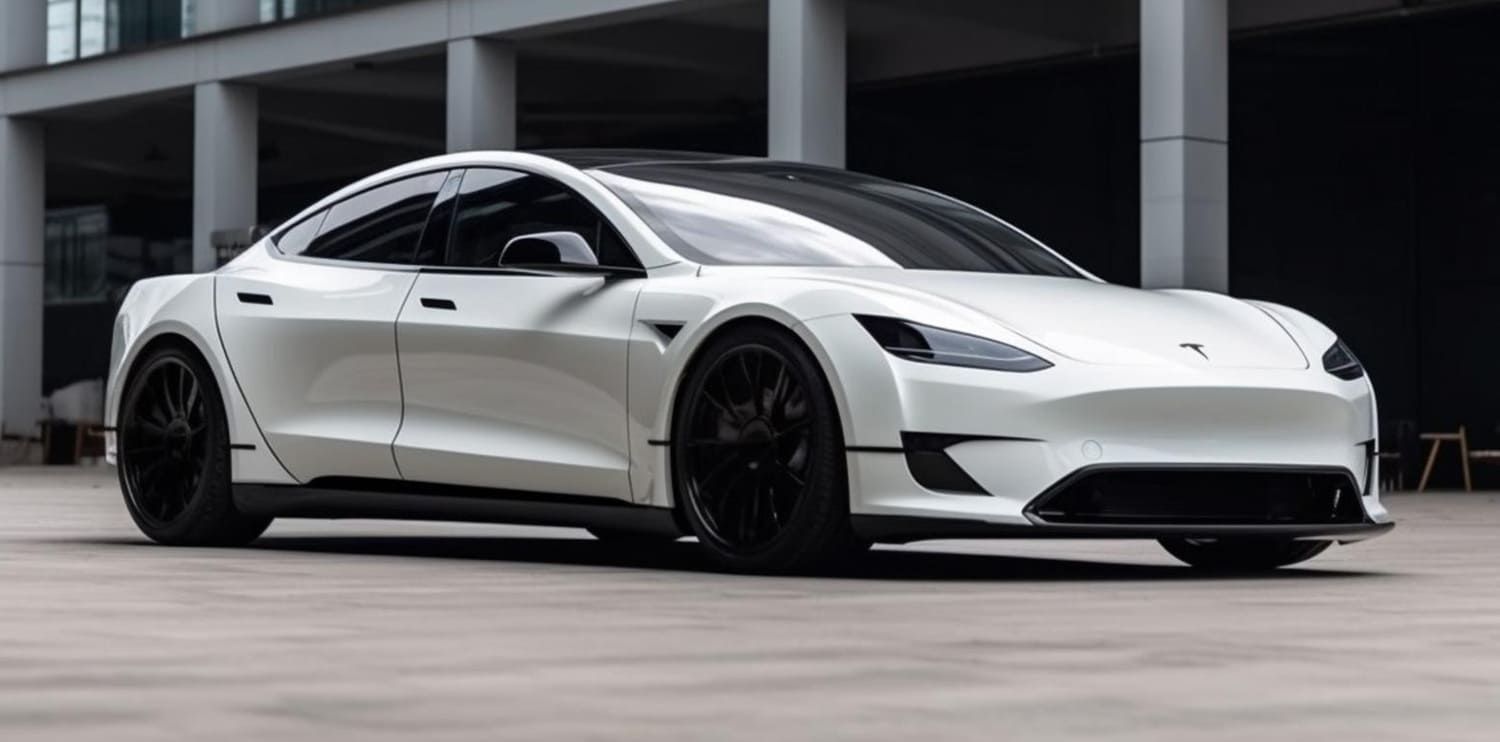An Informative Guide to Auto Window Tint Percentages
If you are thinking about tinting your vehicle's windows, then you need to understand the basics of tint percentages. Click here to learn more.
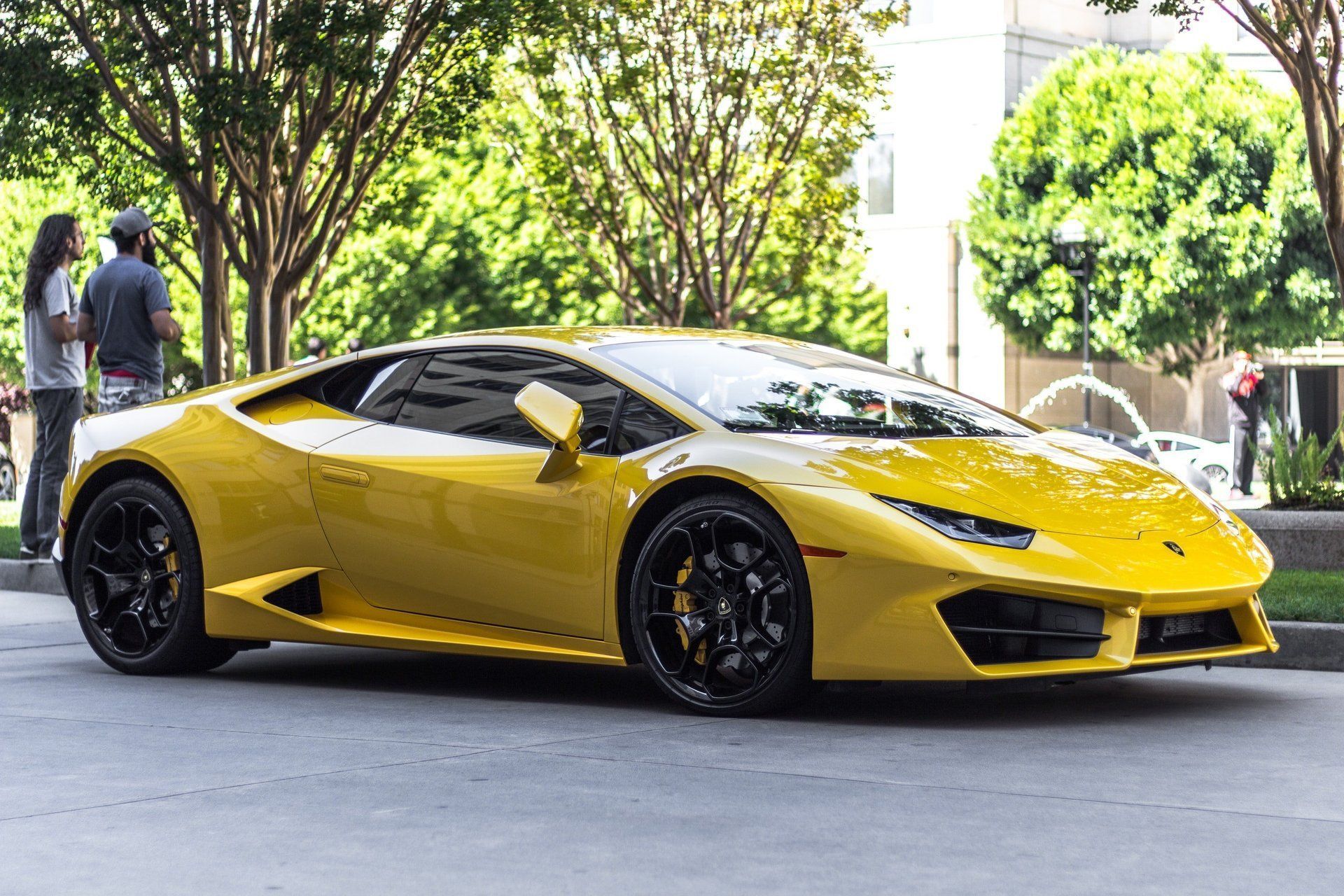
Melbourne, Florida is home to a lot of car owners. In fact, Melbourne has an average of two cars per household. What can you, as a Melbourne car owner, do to improve your driving experience?
Window tinting is a great way to protect your skin, your car, and your privacy. If you're new to window tinting, however, it can be difficult to understand the different auto window tint percentages.
We're here to make things a little bit easier by talking about visible light transmission, reflectivity, windowing tinting laws, and more.
Read on to learn everything to know before you invest in auto window tinting services.
How to Understand Tint Percentages
When you head to your local tinting service, they're going to ask you to select a tint percentage. Tint percentage describes the visible light transmission (VLT) of the window tint. In other words, tint percentage has to do with the amount of light that can pass through your window tint film and into your car.
A common misconception is that a lower percentage means less tint and more visible light transmission. The reality is that the tint percentage refers to how much light can pass through the film, and a lower percentage means less light.
Common tint percentages include:
- 5% VLT
- 20% VLT
- 35% VLT
- 50% VLT
A window film with 5% VLT is going to allow only 5% of the sun's light to pass through your window, meaning that 95% of external brightness is blocked. A window film with 50% VLT is going to allow much more light to pass through your window, letting in 50% of external brightness and blocking 50%.
An easy way to remember how VLT works is to remember that a low percentage means low lighting.
How to Understand Tint Reflectivity
You may also need to select a percentage of tint reflectivity. Tint reflectivity refers to the amount of light that your window film can reflect, which will reduce heat and glare inside of your car.
Common tint reflectivity percentages include:
- 25% reflectivity
- 35% reflectivity
These percentages are easier to understand. An auto window tint film with 25% reflectivity will reflect 25% of external light. An auto window tint film with 35% reflectivity will reflect 35% of external light.
Window Tinting Laws in Florida
Before you start thinking about your desired window tint percentages, you need to know that there are legal limits. Florida's window tint laws determine how dark and reflective your Melbourne auto window tint can be.
Let's look at a few examples of Florida's window tint laws. For sedans, the limits are:
- no lower than 29% VLT for front side windows
- no lower than 16% VLT for back side windows
- no lower than 16% VLT for rear windows
- tint reflections that do not exceed 25% for front side windows
- tint reflections that do not exceed 35% for back side windows
On the front windshield, you can install a non-reflective tint film that begins above the manufacturer's AS-1 line. Laws for other types of vehicles, including SUVs and vans, differ slightly from the laws for sedans.
How to Pick the Right Window Tinting for You
A reputable window tinting service will ensure that your Melbourne window tint is legally compliant. That said, window tint laws aren't the only things that will determine your tint percentage choices. Let's talk about other factors to consider when investing in auto window tint.
Comfort and Health
First and foremost, the purpose of auto window tint is to increase your comfort while driving. If you've never used auto window tint before, a drastic change may leave you feeling a little nervous or unsettled behind the wheel. Remember that auto window tint is easy to remove and replace, so starting lighter and going for something darker after an adjustment period is worth considering.
That said, window tint film with a lower VLT and higher reflectivity percentage will make a bigger difference toward things like glare and temperature. If you want to beat the heat and the sunshine state's brightness, consider a darker and more reflective tint. Plus, a window tint film that can filter out a large percentage of UV rays will do more to protect your skin (and your interiors) from the sun's damaging effects.
Privacy and Security
If you've ever felt the discomfort of another driver staring at you at a red light, you are probably looking for increased privacy. Who doesn't want to jam out in their car without feeling like they have an audience? A darker tint and more reflectivity will make it harder for passersby to see into your car, which will increase your privacy.
Making it more difficult for others to see the inside of your car can also improve your car's security. Burglars are often more likely to break into a car if they see something worth taking. While window tint can't make your car burglar-proof, it can increase your security.
Aesthetics
Window tinting film doesn't just impact your experience inside of your car. It will also play a role in your car's aesthetics.
Some people enjoy the look of a dark, reflective tint. Others may want to reap the benefits of window tint without giving their car that dark, impenetrable look. When selecting window tint percentages, ask to see samples of window tint film to get a better idea of how it will impact your car's aesthetics.
Come to the Sun Stopper for Your Melbourne Car Window Tinting
If you're looking for a way to improve your driving experience in Melbourne, Florida, it's time to consider window tinting. First, make sure that you know a thing or two about tint percentages. With this simple guide, you can come to your window tinting shop prepared to make a decision.
Ready to get started? Sunstopper Window Tinting provides high-quality FormulaOne window tint films that are built to last. Contact us to find out more about how we can help.


